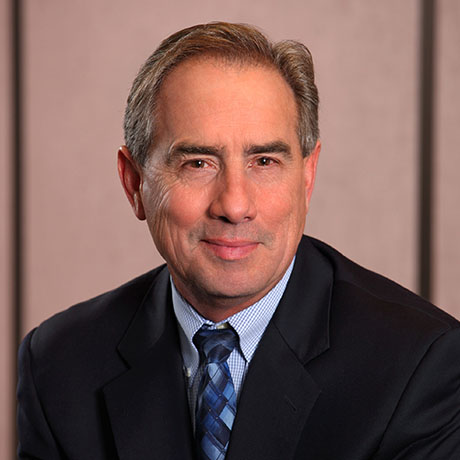The 4 P’s of Your Dental Practice: Performance, Productivity, Profitability, and Patients


All dentists want a practice with high performance, productivity, and profitability. These three P’s represent the standard by which successful dental practices are measured. There is, however, another “P” that many dentists forget, which is arguably the most important – Patients.
Happy patients lead to positive outcomes and accelerate the other Ps. Enhancing customer service and public relations are vital to running a thriving dental practice. To accomplish this requires dentists to devote more time to patients and provide them with what they need to complete their treatment recommendations. By incorporating current, proven, safe, and secure technology into the dental practice, staff can focus more on patient care.
Performance indicators The recall program is the performance enhancement engine of most dental practices. When patients commit to and show up for regular recall appointments, dentists can diagnose potential issues early. These appointments allow time for patients to express their concerns and discuss what needs to be addressed with their teeth. In order to have an effective recall program, the practice needs a good hygiene program to encourage patients to return at six-month intervals. This means the practice has enough staff to see both recall patients and those coming in for more time-consuming dental treatment.
If the one-on-one time with the staff decreases, performance may suffer, and patients may become uneasy about accepting the recommended treatment that was not effectively explained to them. Enhancing patient communication internally and externally during this pandemic time will help to ease patient fears and build trust with being treated at the practice.
Productivity indicators A full patient schedule, along with healthy collections, is indicative of high productivity. In fact, according to the ADA’s Practical Guide to Expert Business Strategies, “Controlling the schedule requires constant vigilance, commitment, and training. It is the foundation for the success of the entire practice. (Ref 1) It takes valuable staff time to maintain this schedule and work with patients and insurance companies to collect payment. When staff is concentrating on reminding patients about appointments, preparing monthly invoices, and communicating with insurance companies, they are not focused on patient treatment and business-building tasks.
Here are several signs that the practice is busy, but not productive:
- The main objective is to keep the schedule full rather than focused on patient care.
- Both the hygiene and dentist schedules are booked for weeks or even months, forcing patients to wait long periods of time for even routine procedures.
- There is no consistency in the procedure schedule—patients are booked for 30, 60, or even 90 minutes.
- Staff skips lunch breaks to catch up.
- There is low patient retention.
- Revenues are flat. (Ref 1)
Using or adding technology can help staff maintain a full patient schedule through automated email, text, mail, and phone call reminders to help patients with their appointments. These software programs also provide practices with essential statistics, such as appointed and completed versus missed appointments, to increase productivity.
Another productivity indicator is the number of patient referrals. Satisfied patients refer others to the practice. Happy patients believe the staff truly cares about their dental care and goes the extra mile explaining treatment options. Happy patients = more referrals! (Ref 1)
Poor performing dental practices experience a myriad of problems. For instance, there may be staff issues that lead to high turnover. High turnover results in reduced efficiencies within the practice since dentists spend more time training new employees and less time with their patients. Patients notice the constant staff changes and increased waiting time.
To have a high performing, productive, and profitable dental practice, focus on the fourth “P”—patients. The solution is having your staff focus on practice building work and less time on busywork that can be automated.
Omni Practice Group has been helping dentists for over 15 years to maximize the value of the practice and provide smooth transitions for dentists as they retire.
References 1. American Dental Association (ADA). The ADA Practical Guide to Expert Business Strategies: Advice from Top Dental Consultants. 2014.
